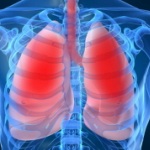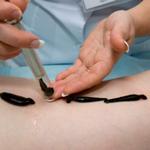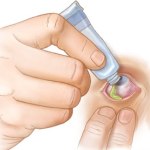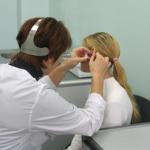 Help for anaphylactic shock
Help for anaphylactic shock
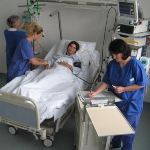
Immediate assistance for anaphylactic shock is a must for a nurse. The life of the patient depends on the correctness of actions, this must be remembered. therefore, it is so important to know the sequence of actions and clearly follow them in case of anaphylactic shock.
Anaphylactic shock is an acute systemic type I allergic reaction of a sensitized organism to repeated administration of an allergen, which is clinically manifested by hemodynamic disturbances with the development of circulatory failure and tissue hypoxia in all vital organs and threatens the patient's life.
Medical care is provided immediately at the site of anaphylactic shock.
Pre-hospital activities:
- immediately stop the administration of the drug and call a doctor through an intermediary, stay close to the patient;
- apply a tourniquet above the injection site for 25 minutes (if possible), loosen the tourniquet for 1-2 minutes every 10 minutes, apply ice or a heating pad with cold water to the injection site for 15 minutes;
- put the patient in a horizontal position (with the head end down), turn the head to the side and push the lower jaw (to avoid aspiration of vomit), remove removable dentures;
- provide fresh air and oxygen supply;
- in case of respiratory and circulatory arrest, perform cardiopulmonary resuscitation in the ratio of 30 compressions per chest and 2 artificial breaths “mouth-to-mouth” or “mouth-to-nose”;
- inject a 0.1% solution of adrenaline 0.3-0.5 ml intramuscularly;
- prick the injection site at 5-6 points with 0.1% adrenaline solution 0.5 ml with 5 ml 0.9% sodium chloride solution;
- provide intravenous access and start injecting 0.9% sodium chloride solution intravenously;
- inject prednisolone 60-150 mg in 20 ml of 0.9% sodium chloride solution intravenously (or dexamethasone 8-32 mg);
Medical activities:
- Continue the introduction of 0.9% sodium chloride solution in a volume of at least 1000 ml to replenish the volume of circulating blood, in a hospital - 500 ml of 0.9% sodium chloride solution and 500 ml of 6% HES refortan solution.
- If there is no effect, hypotension persists, repeat the introduction of a 0.1% solution of adrenaline 0.3-0.5 ml intramuscularly 5-20 minutes after the first injection (if hypotension persists, injections can be repeated after 5-20 minutes), in a hospital if possible cardiac monitoring administered intravenously at the same dose.
- If there is no effect, hypotension persists, after replenishing the volume of circulating blood, inject dopamine (200 mg of dopamine per 400 ml of 0.9% sodium chloride solution) intravenously at a rate of 4-10 mcg / kg / min. (no more than 15-20 mcg / kg / min.) 2-11 drops per minute to achieve a systolic blood pressure of at least 90 mm Hg. Art.
- With the development of bradycardia (heart rate less than 55 per minute), inject a 0.1% solution of atropine 0.5 ml subcutaneously, with persistent bradycardia, repeat the administration at the same dose after 5-10 minutes.
Constantly monitor blood pressure, heart rate, respiratory rate.
Transport the patient to the intensive care unit as soon as possible.
You may never need to treat anaphylactic shock for the simple reason that you won't have one. However, the nurse should always be ready for immediate action according to the above algorithm.
